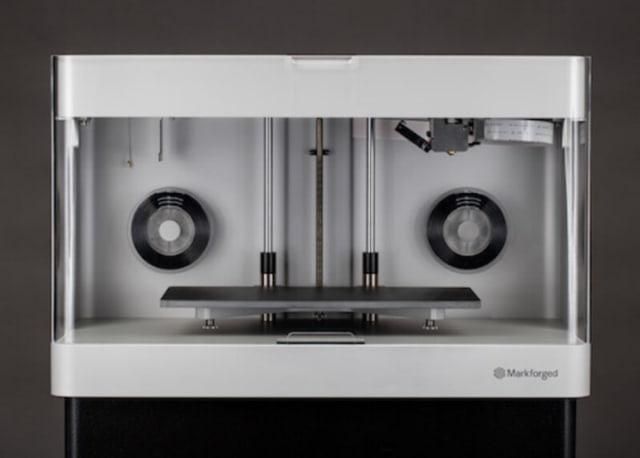
While additive companies have been touting the capabilities of 3D printing in manufacturing, can it really compare to true manufacturing?
Most people in industries are aware of additive manufacturing and the value it has brought to the world of engineering. To that end, most conversations around 3D printing in recent years have touched on “industrial additive manufacturing” but rarely enters the realm of true manufacturing.
When defining true manufacturing, it’s about a world of production—a world of production outside of an Etsy-style business. There are a lot of people out there starting businesses using 3D printers for production and building bigger businesses off of that success.
For example, this teenager built a business 3D printing custom archery markers. When he really wanted to grow his business, he got himself a CNC machine for subtractive manufacturing. Such is the way of both small and large businesses alike. There is value in additive manufacturing but capabilities are limited without larger (capital) equipment.
3D Printing’s Effort to Enter Manufacturing
There are new articles out there every day about how additive manufacturing is revolutionizing one effort or another. Whether talking about 3D printing houses for the homeless or designing revolutionary items that people can make at home, this technology is changing how the world designs and makes things.
Traditional manufacturing is a large-scale, mass-production business in which even the smallest successful shops own a couple of $40,000 to $50,000 machines. Those machines are robust and make real parts out of metals, alloys and plastics. A machine that costs tens of thousands of dollars is overkill if someone just needs to make something out of ABS unless they need it made fast and/or with any sort of precision.
While it can be argued that 3D printing has a place in manufacturing, its biggest pitfalls are the worst enemies of any manufacturing business: low precision and a lack of repeatability. Up until the past few years, any practical (read, not experimental) use of 3D printing has also been relegated to plastics.
Metal 3D printing and various forms of hybrid manufacturing, which combine additive manufacturing a raw form and finishing on a CNC machine, have emerged but are still limited in capability and require secondary operations to get a final part. Depending on needs, this could also be achieved, often faster and cheaper, with a molding process and CNC machining. Again, there is a lack of precision and repeatability.
Even though they aren’t fully capable of production work, many manufacturing businesses have embraced the capabilities of 3D printing in different ways, whether that’s creating custom organization tools, building scale models of the shop or making fixturing for lighter machining work.
Is 3D Printing Truly a Manufacturing Tool?
After having gone through a number of ways that 3D printing can and can’t be used in a manufacturing environment, none of these are truly manufacturing. 3D printers have become a tool in the shop, much like a wrench or a deburring tool, but they are still often relegated to prototyping-type work or a fast workaround if something breaks—3D printers or 3D-printed parts aren’t permanent manufacturing tools in the same way as a CNC machine.
So, are 3D printers truly a manufacturing tool? This could just be a question of both syntax and opinion. Since additive manufacturing technologies are already being used in industrial environments, the answer could simply be yes. There are lots of caveats and limitations to using 3D printers in these spaces, so the real question might be: How much is 3D printing a work-around device versus a truly valuable manufacturing tool?
Phil Vickery runs an engineering and fabrication business that leverages 3D printing in its facility. While Centerline Engineered Solutions doesn’t have an army of 3D printers producing parts at a massive scale, it does use the technology every day.
Some 3D printers, like those by Markforged, are capable of creating a composite material with carbon fiber and nylon. Centerline uses this material to create dies for a press brake. Forming steel parts on various press brake systems is a major component of the business, but it uses various dies.
Read more at ENGINEERING.com
